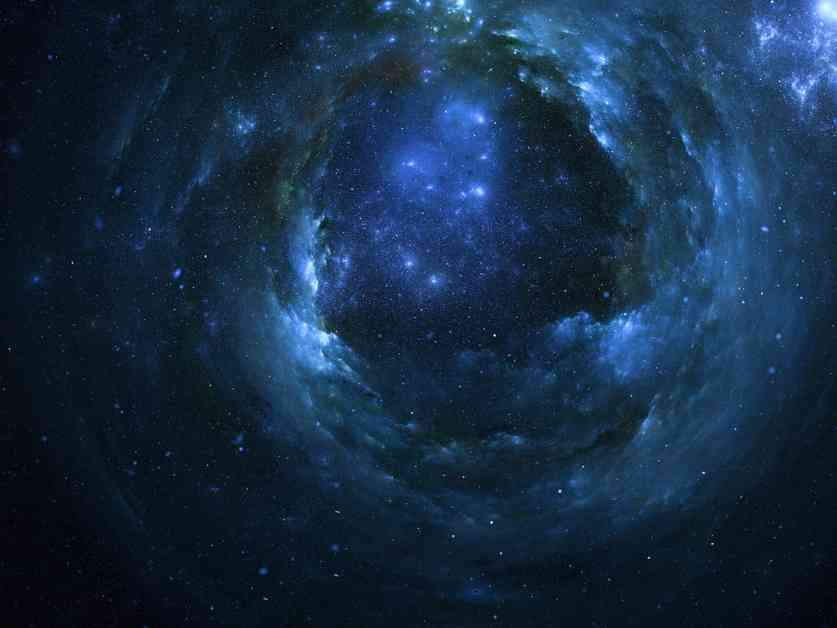The universe is a vast and dark place, but it is also filled with the light of stars. Stars have not always been present in the universe, as there was a time when not a single star shone. Over time, many stars have formed in galaxies, while old stars have burned out and new stars have emerged. But what does this cycle look like in the long run?
Scientists have a formula that helps them understand the rate of star formation over time. This formula uses the redshift z to represent the star formation rate ?. The redshift is a result of the expanding universe, which allows scientists to look back in time and study the formation of stars in the past.
By measuring indicators such as ultraviolet light from distant stars, astronomers can estimate how the rate of star formation has changed over time. The Lilly-Madau diagram, developed in the 1990s by Piero Madau and Simon Lilly, shows that star formation peaked around two to three billion years after the big bang in a period known as “cosmic noon.” Since then, the rate of star formation has been slowly decreasing, leading us into what could be called the “cosmic afternoon” and eventually the “cosmic evening.”
Recent observations have shown that the rate of star formation in our local universe differs from the overall cosmic trend. This could be due to measurement errors or variations in matter distribution on large scales, challenging the assumption of universal homogeneity. While more evidence is needed to confirm this idea, it suggests that the future of star formation may be more complex than previously thought.
Despite the eventual decline of star formation, the cosmic afternoon is expected to last for about 100 trillion years. Our own sun has about seven to eight billion years left before it burns out. This gives humanity plenty of time to explore and understand the universe before the stars fade away.
In conclusion, the study of star formation over time offers insights into the evolution of the universe and the future of cosmic events. By continuing to explore and analyze data, scientists can uncover more about the mysteries of the cosmos and our place within it.






